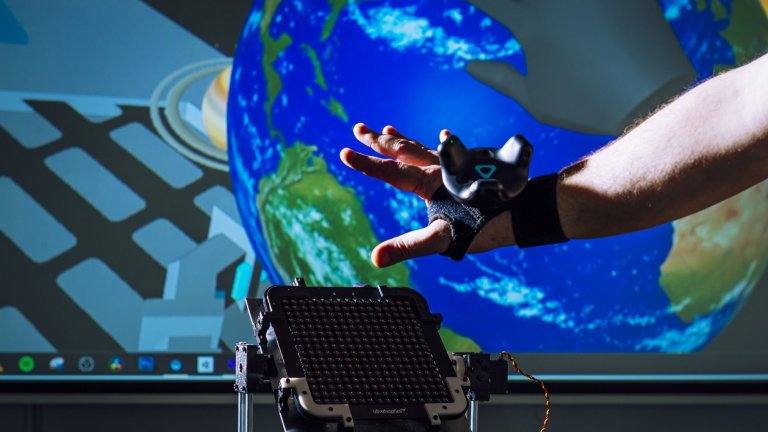
© Cyril Frésillon / Irisa / CNRS Images
View the mediaScientific news
On Earth Day, let’s chase away the environmental blues by taking a humorous look at researchers who are developing solutions.

© Cyril Frésillon / Irisa / CNRS Images
View the mediaFriday, April 22, is Earth Day. The occasion, as every year, to draw the terrible conclusion that global warming is accelerating, as well as pollution, the extinction of endangered species, deforestation... These issues are now on everyone’s mind, especially since they impact more and more our daily lives. And yet, concrete actions, on a global scale, are slow to be put in place. For the scientists, it is not for lack of warning.
But that’s no problem: many of them are taking matters into their own hands, using their knowledge, their inventiveness and their determination to try to find solutions, necessarily partial and imperfect, to the threats facing our planet. Whether they are glaciologists, biologists, chemists, physicists or climatologists, they all put themselves at the service of ecology.
And it is precisely these scientists who are trying to find solutions that we are interested in in our series "A Zest for the Planet", broadcast on our YouTube channel "Zest for Science". In each episode, we look at a team, a laboratory, an original experiment that aims to give our environment a break. All with rigor, of course, but also a touch of humor that really doesn’t hurt.
On this Earth Day 2022, we propose you to fight against the environmental depression by filling up with solutions with a smile, thanks to our videos. You too, do a bit for the planet!
Our work is guided by the way scientists question the world around them and we translate their research into images to help people to understand the world better and to awaken their curiosity and wonderment.